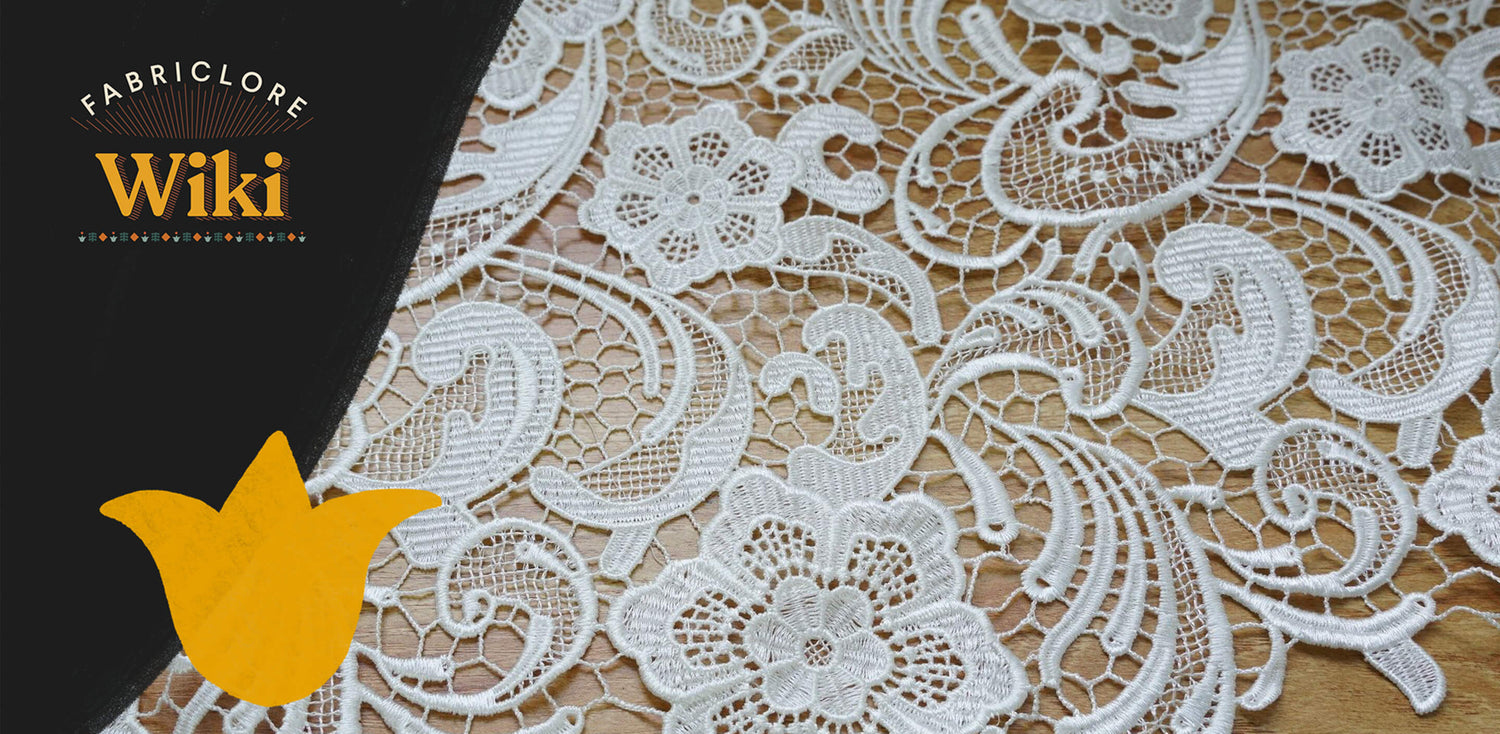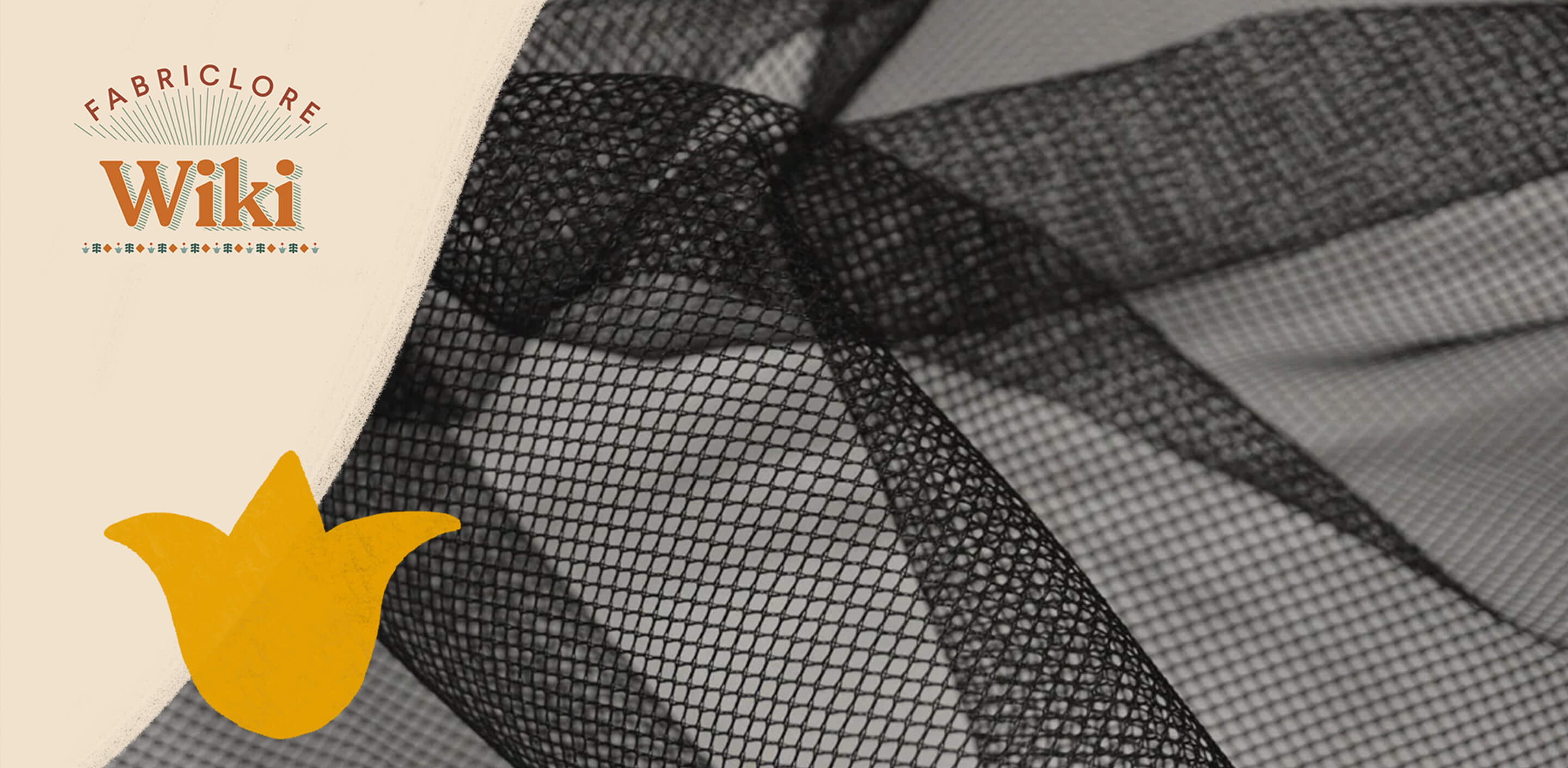What is Venise Lace?
- Venise lace is a solid, heavy lace with an open back. Sometimes it's also known as "Venice lace".
- This fabric, which is the most beautiful kind of lace, has stitches that are close together and make a dense, three-dimensional pattern.
- There is no netting used in the making of Venetian lace, which results in very delicate lace.
- The needlework is embroidered onto a material that, in the final processing, disintegrates, which causes the floral or geometric designs to stand out more prominently.
- The lace is held together by delicate strands of thread. It is sometimes referred to as "guipure lace," which means "lace without any mesh."

History
-
The origin of Venise lace is still a questionable thing among historians.
- Although there are examples of woven textiles with characteristics similar to lace that were clearly manufactured in an earlier era, the majority of specialists who have conducted extensive research on the subject believe that lace does not predate the year 1500 A.D.
- Because the lace was made in different ways, it is hard to say where it came from because there was no one antecedent.

What Makes it Stand Out?
|
Texture |
Light - medium-weighted and texture due to its cut design |
|
Sheer |
The appearance of the fabric is transparent. |
|
Breathable |
The fabric is comfortable and breathable. |
Applications & Uses
|
Clothing |
|
|
Home Furnishing |
Curtains, table liners, bed sheets, etc. |
Care Instructions
- Wash by hand in cold water, and if you must use a machine, use the soft cycle and a light detergent.
- Scrubbing too vigorously should be avoided.
- Put a large white towel over the ironing board, and put a press cloth in between the iron and the lace to prevent the lace from becoming burned.

We also happen to be a magnet for suggestions, and would love to catch yours….throw us yours on hello@fabriclore.com




